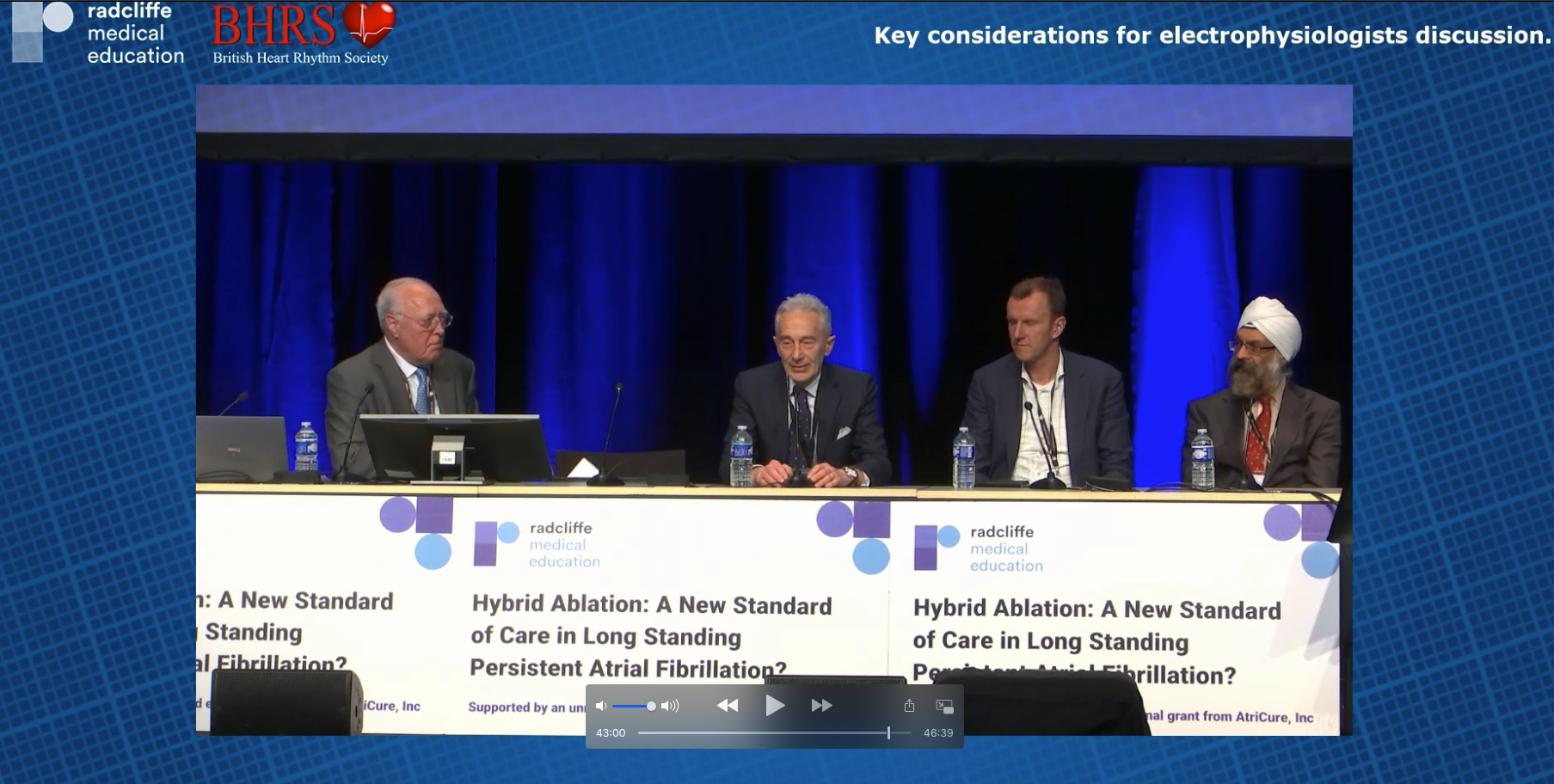Hybrid Ablation: A New Standard of Care in Long Standing Persistent Atrial Fibrillation?
Published: 08 April 2022
-
Views:
 8093
8093
-
Likes:
 7
7
-
Views:
 8093
8093
-
Likes:
 7
7
-
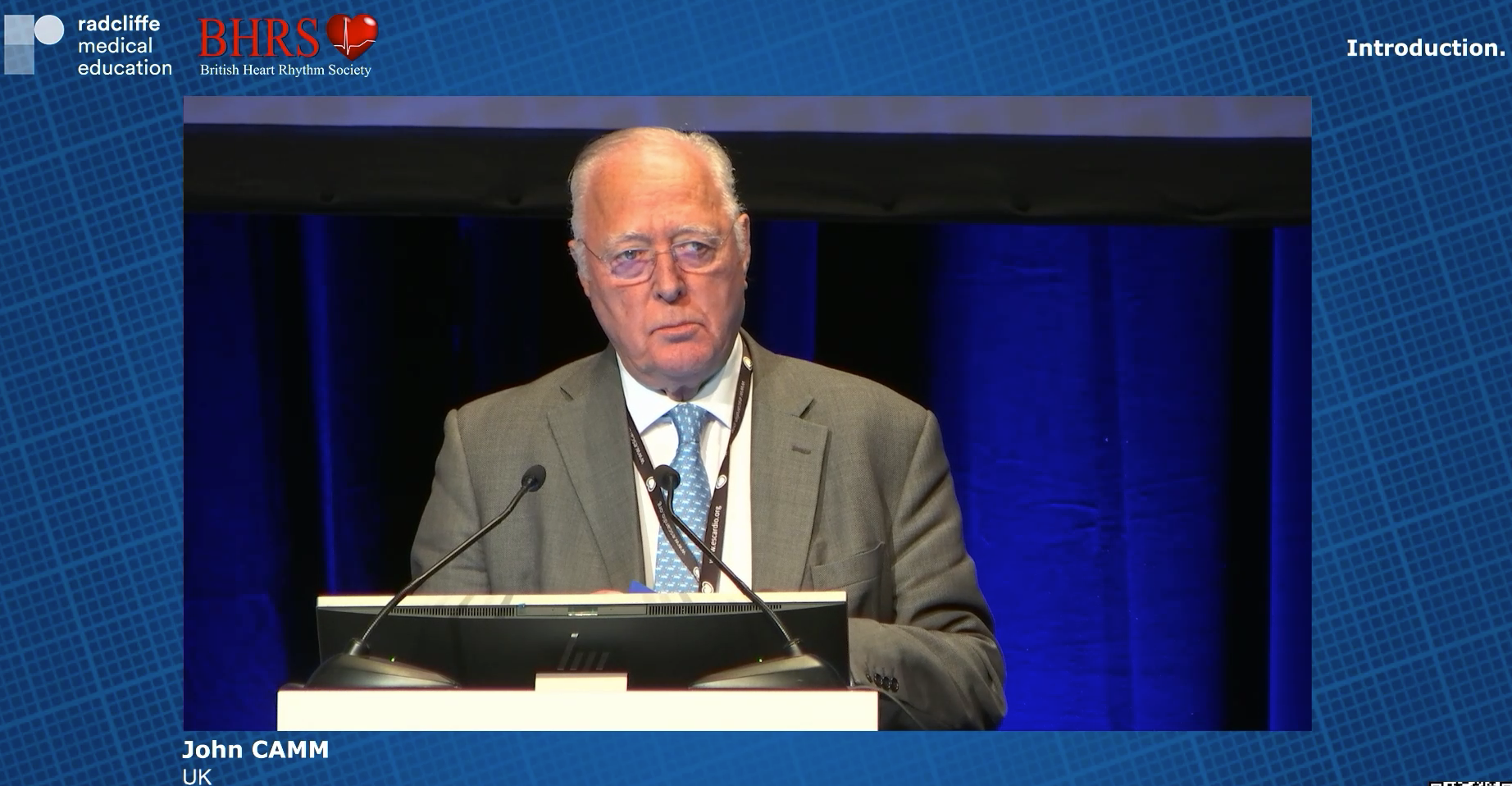 3m 21sPart 1 Introduction A John Camm, Yuri Blaauw, Jaswinder Gill, Claudio Tondo
3m 21sPart 1 Introduction A John Camm, Yuri Blaauw, Jaswinder Gill, Claudio Tondo
-
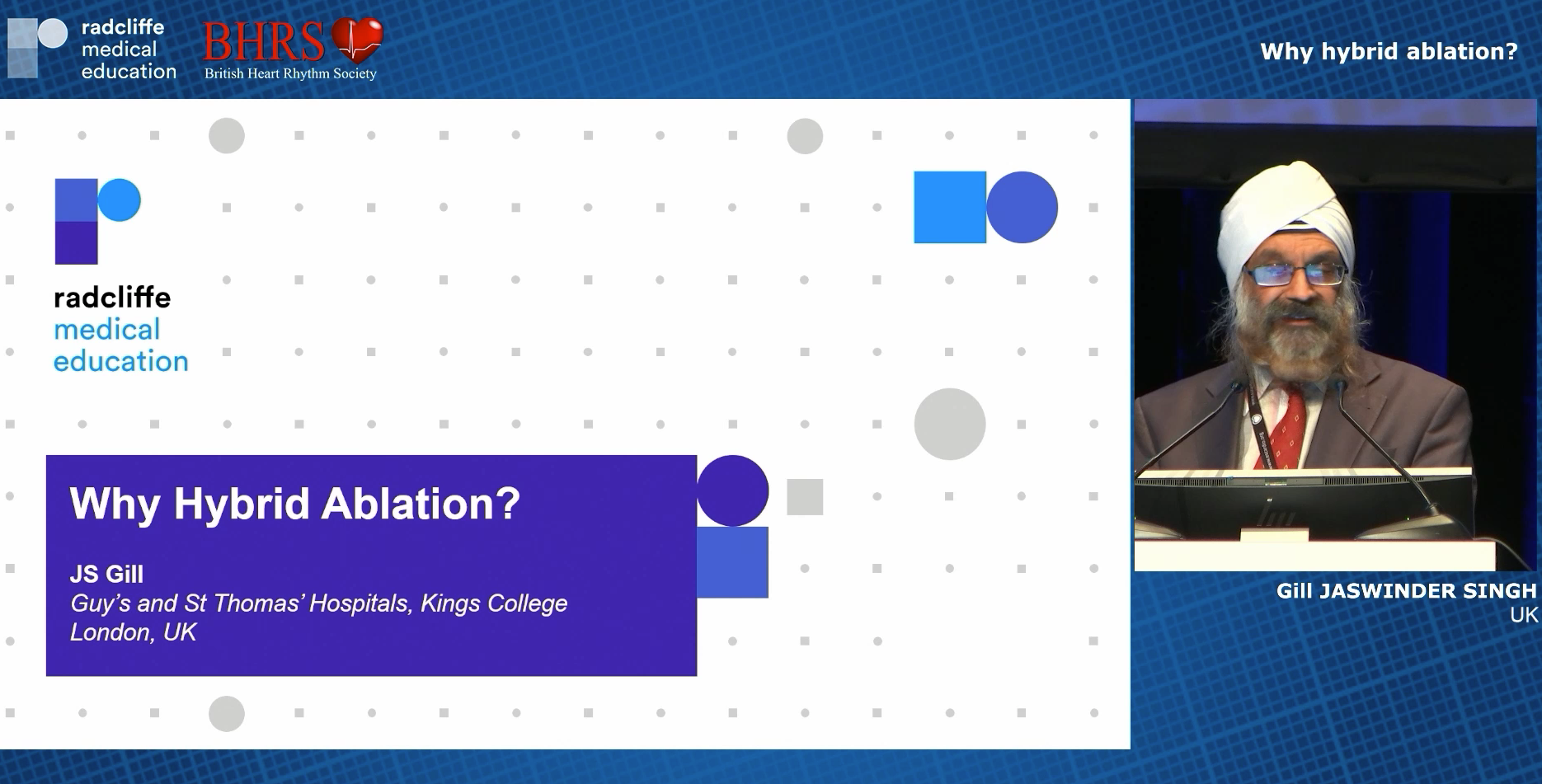 11m 41sPart 2 Why Hybrid Ablation? Jaswinder Gill
11m 41sPart 2 Why Hybrid Ablation? Jaswinder Gill
-
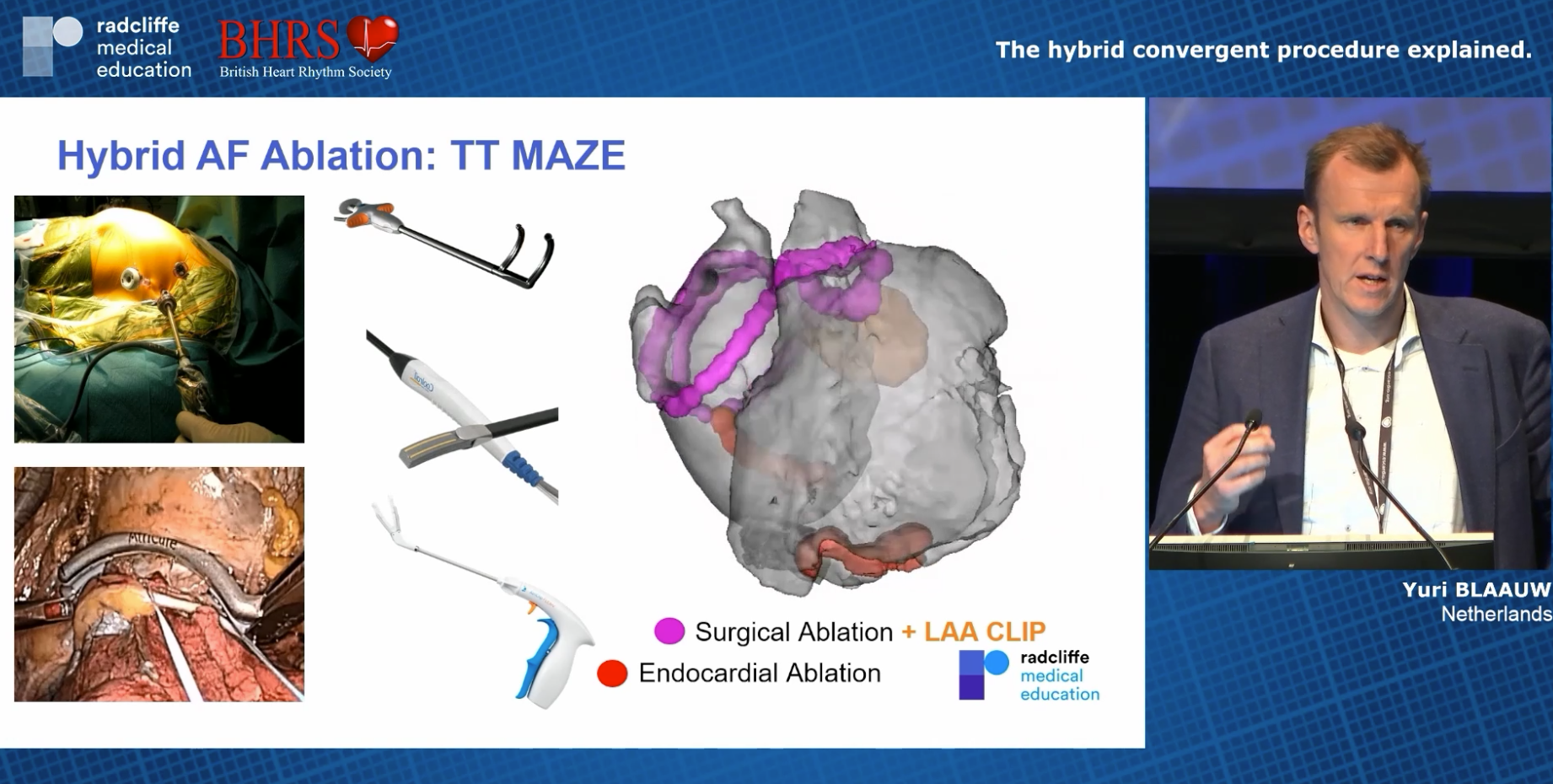 10m 42sPart 3 The Hybrid Convergent Procedure Explained Yuri Blaauw
10m 42sPart 3 The Hybrid Convergent Procedure Explained Yuri Blaauw
Overview
The cornerstone of AF is electrical isolation of the pulmonary veins (PV). In patients with non-paroxysmal AF, PV isolation alone is insufficient, and one needs to modify the atrial arrhythmogenic substrate. AF ablation is now a common procedure and mostly performed using a transvenous, endocardial approach with catheters. For patients with persistent AF however, this procedure is not sufficient.
There is a growing movement towards a convergent procedure management strategy, used alongside standard catheterisation techniques to optimise patient outcomes. More and more research suggests that an integrated approach involving multidisciplinary teams (of electrophysiologists and surgeons) may lead to improved success rates and increased patient satisfaction.
This programme, first presented at EHRA 2022, brings together thought-leaders from across Europe to discuss the role of hybrid ablation in treating long-standing persistent AF. Moderator, Prof John Camm (St George’s University of London, UK) leads the faculty to explore the need for the hybrid approach, the science supporting its implementation and insights from experienced practitioners.
Note, the live version of the programme was CME-accredited, this on-demand version is not.
Learning Objectives
- Describe the fundamental steps in hybrid ablation
- Recall the clinical outcomes from randomised controlled trials and real-world data supporting the use of hybrid ablation in persistent AF
- Select ideal patient candidates for hybrid ablation
- Consider the existing equipment and skill requirements for successful hybrid ablation
Audience
- Electrophysiologists
- General cardiologists
- Allied health professionals engaged in the treatment of persistent AF
More from this programme
Part 1
Introduction
| 1 session | |
| Introduction | Watch now |
Part 2
Why Hybrid Ablation?
| 1 session | |
| Why Hybrid Ablation? | Watch now |
Part 3
The Hybrid Convergent Procedure Explained
Part 4
Building a Standard of Care: Insight From an Experienced Operator
Part 5
Key Considerations for Electrophysiologists, and Close
Faculty Biographies
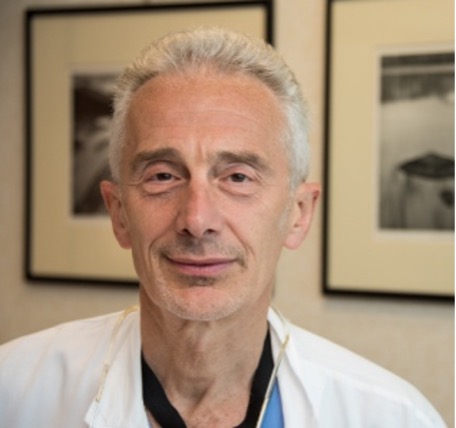
Claudio Tondo
Director
Dr Claudio Tondo is the Chairman of the Heart Rhythm centre at Centro Cardiologico, University of Milan, Italy. Dr Tondo's interests range from clinical aspects of arrhythmias to genetics.







